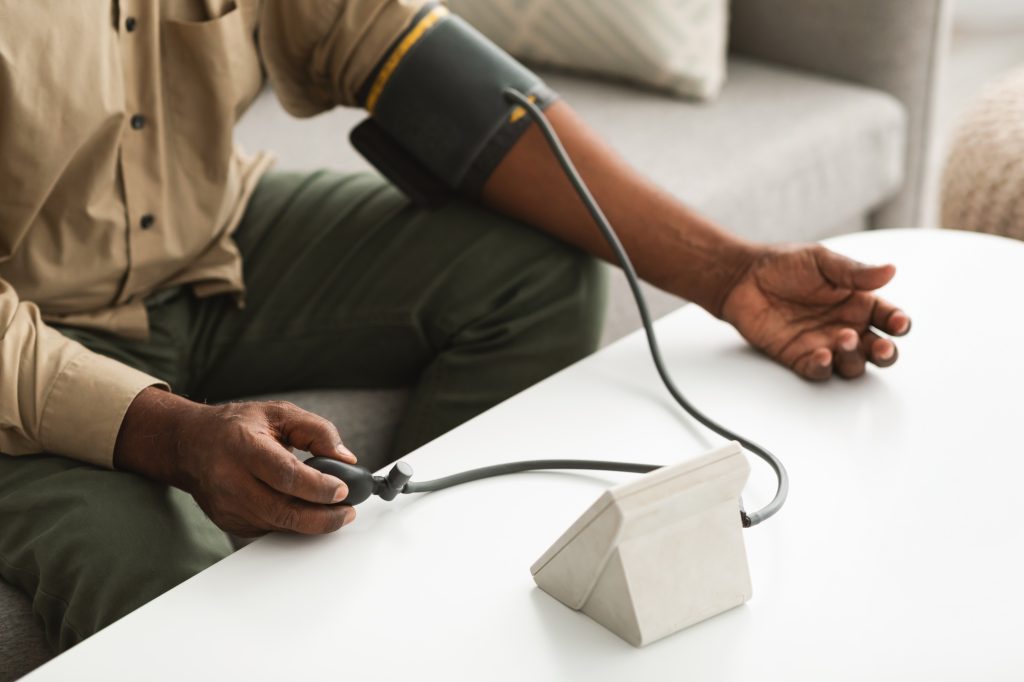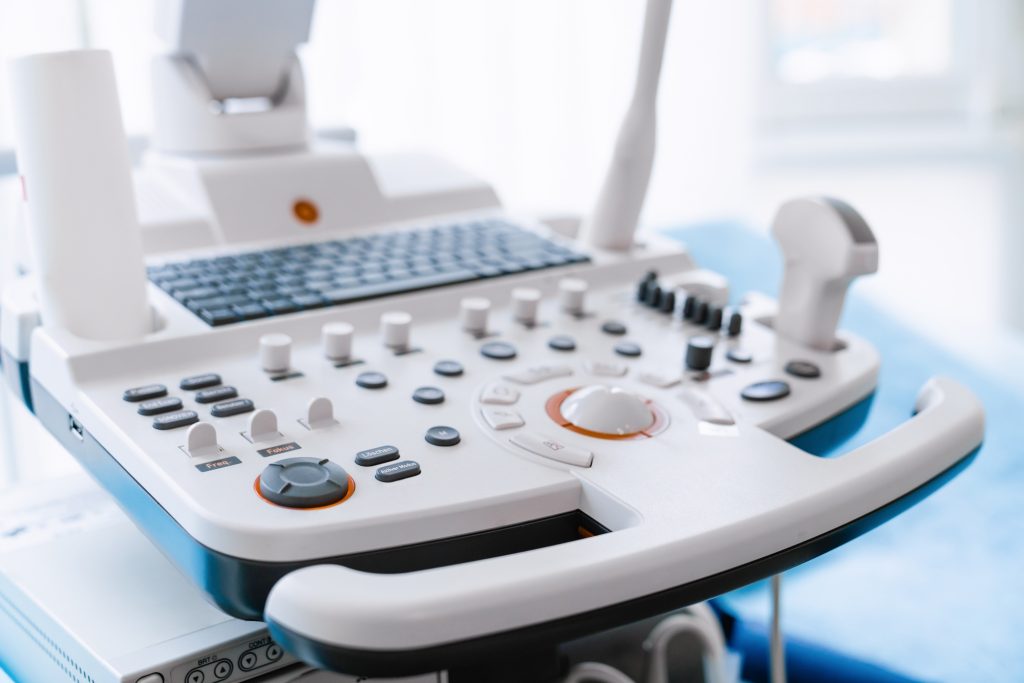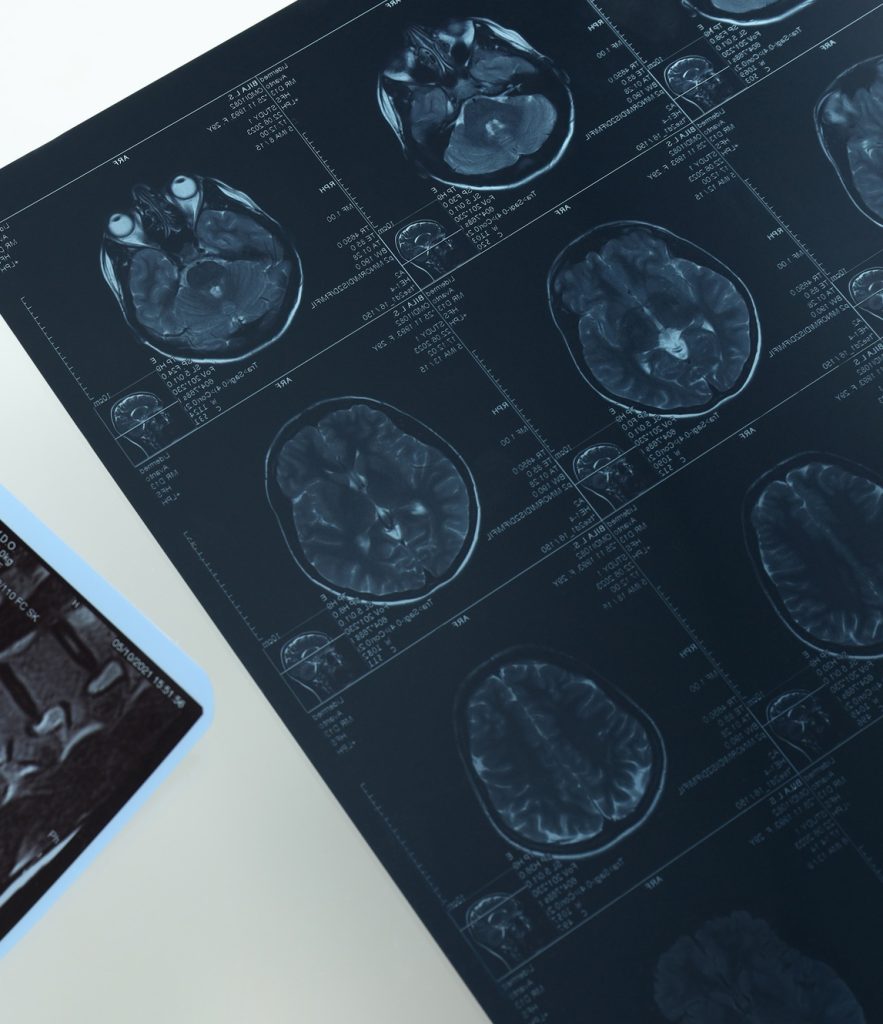Hypertension: How Imaging Helps Assess Organ Damage

Hypertension, or high blood pressure, increases the risk of heart disease, stroke, and kidney failure. Imaging tests like echocardiography, MRI, and CT help assess complications and guide treatment.
Congenital Heart Diseases: Understanding Early Detection and Treatment

Congenital heart diseases (CHDs) are structural abnormalities present at birth. Imaging modalities like fetal echocardiography, cardiac MRI, and CT angiography help diagnose and guide treatment plans for affected infants and children.
Ischemic Cardiomyopathy: Causes, Symptoms, and Diagnosis

Ischemic cardiomyopathy occurs when prolonged heart damage from reduced blood flow weakens the heart’s ability to pump. Imaging tests like echocardiography, cardiac MRI, and coronary angiography help assess heart function and blood flow.
Doppler Ultrasound: How It Helps Assess Blood Flow

Doppler ultrasound evaluates blood circulation, helping detect blockages, clots, and vascular diseases. It’s a non-invasive alternative to angiography, providing real-time insights into blood vessel health and circulation issues.
Ultrasound vs. Other Imaging: When Is It the Best Option?

Ultrasound is a radiation-free imaging method used for pregnancy monitoring, organ evaluation, and soft tissue assessment. It’s safe, affordable, and ideal for real-time imaging of moving structures like the heart.
The Role of MRI in Diagnosing Neurological Disorders

MRI is a key tool in diagnosing neurological conditions such as multiple sclerosis, strokes, and brain tumors. It provides detailed brain images, helping doctors detect abnormalities without invasive procedures.
MRI Contrast: Why It’s Used and What to Expect

MRI contrast agents enhance image clarity, helping doctors detect tumors, infections, and vascular conditions. Patients should know how contrast works, its safety profile, and potential side effects.
Tips for a More Comfortable Experience During an MRI

Many patients experience anxiety before an MRI scan. Strategies like deep breathing, distraction techniques, and open MRI options can help reduce stress and improve the overall experience.
